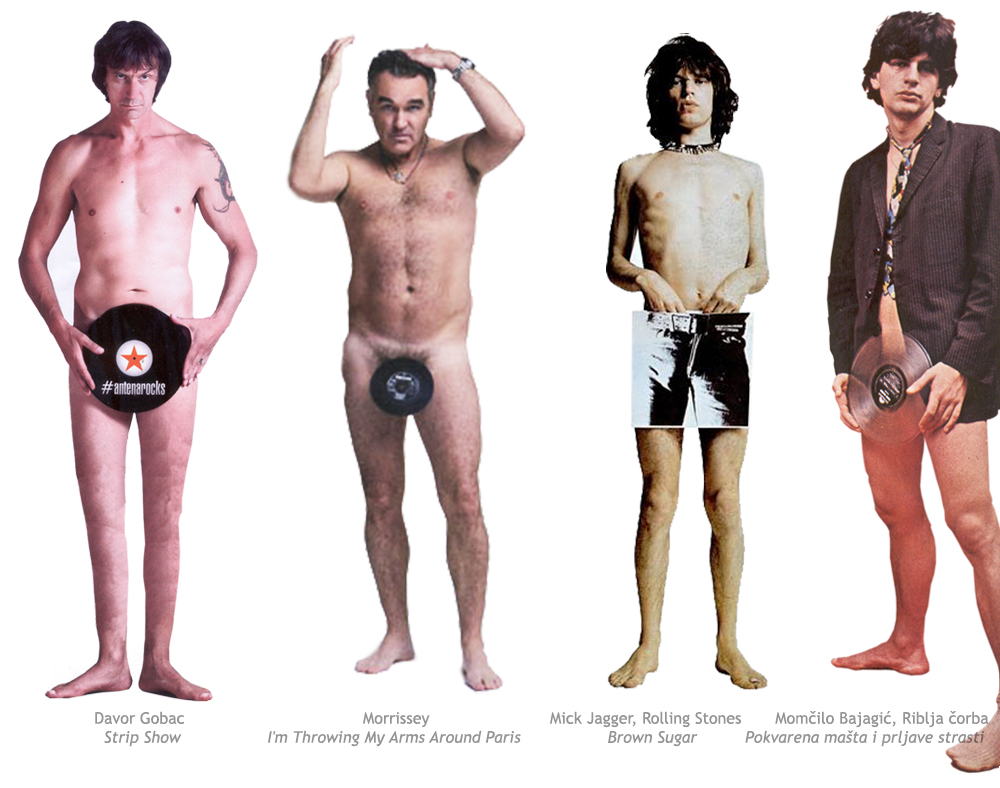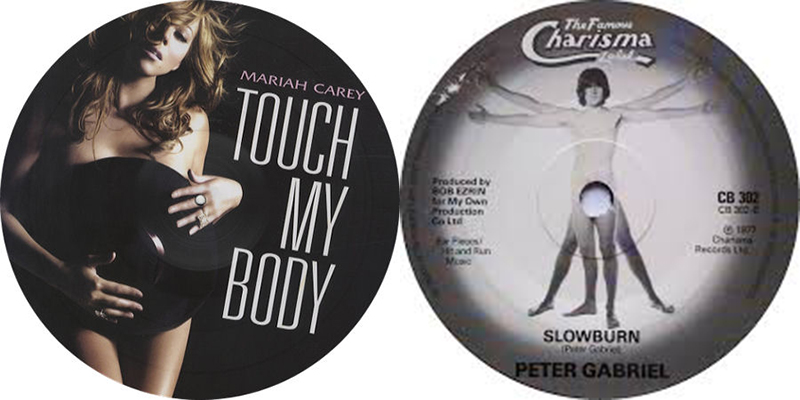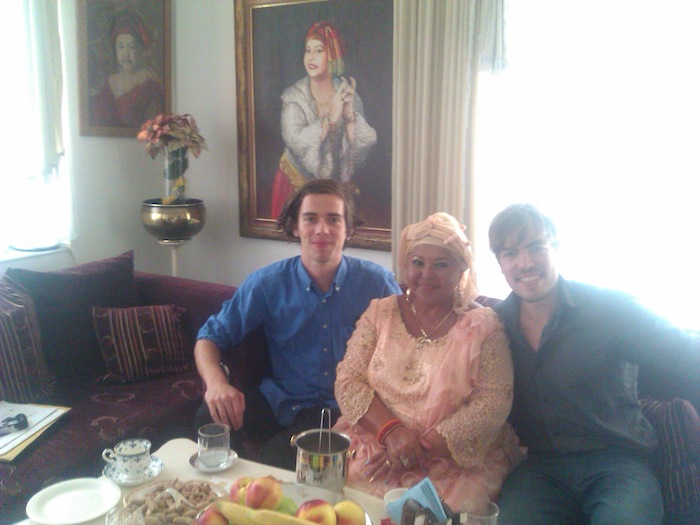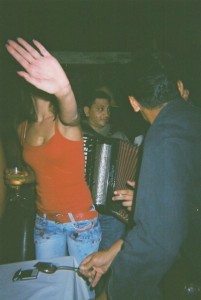Nemački bendovi i muzičari inspirisali su umetnike iz celog sveta i oblikovali mnoge muzičke stilove, kao na primer elektro-pioniri Kraftverk, koji u Berlinu upravo počinju niz koncerata, ali oni nisu jedini.
Izvor: Tanjug
Tu je i pank, ali i umetnici kao što su Aba, Elton Džon, Flitwud Mek. Onda na scenu stupaju Nemci. U Zapadnom Berlinu sastaju se umetnici koji su uglavnom posvećeni elektronskom zvuku, koji istražuju mogućnosti svojih sintisajzera, a jedna od tih grupa zove se Tangerine Dream.
Za bubnjevima sedi izvesni Klaus Šulce, koji je tokom vremena otkrio svoje interesovanje za sintetički zvuk i ubrzo se posvetio sopstvenim projektima. Godine 1972. izdaje prvi album "Irrlicht" kojim postavlja naglavčake sve što se do tada moglo čuti.
Šulc svoje delo naziva "kvadrofonična simfonija za orkestar i električne mašine". Ritam je u pozadini, odjednom su tu zvučni pejzaži i psihodelični zvučni tepisi.
Sve više muzičara, širom sveta, zainteresovalo se za ovog čudaka iz Nemačke. Tako je, na primer, došlo do saradnje sa poznatim japanskom "elektroničarem" Stomuom Jamašitom.
Njegov album "Gonastao" je pod velikim uticajem Šulcea. Zvuk Klausa Šulcea je početak nove ere u muzici i on će se razvijati dugi niz godina i biti osnova za mnoge današnje stilove elektronske muzike - od ambijenta do transa i tehna. Za mnoge je Šulce čak "Kum tehna".
I u Dizeldorfu su dva muzičara sa sintisajzerima u potrazi za novim muzičkim horizontima: Ralf Hiter i Florijan Šnajder koji osnivaju duo Kraftverk. Oni angažuju nekoliko muzičara, prave dva albuma koji odmah privlače pažnju.
"Veliki prasak" se dešava izlaskom trećeg albuma "Autoban" koji je proizvoden isključivo elektronski i smatra se prvim elektro-pop albumom.
Francuski elektronski duo Daft pank doveo je do savršenstva ideju Kraftverka - da se na sceni predstavljaju kao "ljudi-mašine".
Duo Kan je osnovan 1968. u Kelnu, na basu jedan od učenika Štokhauzena, Holger Čukai, i na bubnjevima džez muzičar Jaki Libecajt.
Od samog početka je bilo jasno da neće svirati uobičajeni rokenrol, pošto napuštaju kalupe, improvizuju, ugrađuju etno muziku, kasnije i razne zvuke i elektroniku.
U Nemačkoj ta muzika prolazi samo kod avangarde, a na tržištu se teško probija.
Tek 1975. napravljen je ugovor sa jednom velikom izdavačkom kućom i tek posle mnogo godina, muzičari iz celog sveta otkrivaju Kan.
Indi i alternativni bendovi poput Portished, Radiohed, Sonik jut, navode muzičare iz Kelna kao važan impuls za svoje stvaralštvo.
Trijumf benda Skorpions počinje sredinom sedamdesetih. Prvo su osvojili Englesku, nastupajući kao predgrupa velikih rok bendova kao što su Kis ili Juraja hip.
Album "Virgin Killer" je 1976. u Japanu bio zlatan, nakon čega je rasprodata i Nipon turneja. Tri godine kasnije, bend je pokušao da se probije u Sjedinjenim Američkim Državama, nastupom na festivalu pred 60.000 ljudi - pored AC/DC i Aerosmita.
Na prvoj svetskoj turneji Skorpionsa, 1982. kao predgrupa nastupa Ajron mejden.
Album "Love at first Sting" katapultirao je bend 1984. godine na nebo "metal scene".
Najpoznatija balada "Wind of Change" je postala zvučni simbol pada Berlinskog zida i kraja Hladnog rata.
Širom sveta ima obožavalaca "nove nemačke tvrdoće". Ramštajn je samo u SAD prodao više od dva miliona primeraka albuma "Čežnja" (Sehnsucht). Dva puta su nominovani za Gremi.
Ramštajn je za mnoge konačno nešto zaista nemačko. Sviđa im se teški zvuk, mada tekstove isprva ne razumeju. A onda fanovi uče i na uvek rasprodatim koncertima gromko pevaju: "Achtung! Verboten!" (Pažnja! Zabranjeno) ili "Heirate mi" (Udaj se za mene).
Mnogi drugi muzičari iz Nemačke smatraju se posebno uticajnim i inspirativnim. Dipeš mod se intenzivno bavio zvukom benda Einsturzenden Neubauten - eksperimentalnim muzičkim projektom iz Berlina.
Bend oko pevača Bliksa Bargelda koristi više otpad nego instrumente za stvaranje i oblikuje takozvani industrijski zvuk.
Sven Fet je jedan od prvih tehno di-džejeva. Tehno iz Nemačke pojavio se u ranim devedesetim i brzo je osvojio ceo svet, međutim koncept ne potiče iz Nemačke. U novom pravcu su spojeni različiti muzički stilovi poput Chicago House, Electronic Body Music ili elektronska avangarda.
Sven Vet je sve to iskombinovao i još je jedan od najbolje plaćenih di-džejeva na svetu.
Frank Farijan je sedamdesetih godina svetu donosio disko zvuk. Prvo je sa Boni M osvojio međunarodnu publiku, a potom pod ugovor uzima američku pevačicu Donu Samer i proizvodi sa njom nekoliko disko klasika.
Krajem osamdesetih, on i njegov pop duo Mili Vanili postižu ogroman međunarodni uspeh i čak su dobili i Gremi. Međutim, potom se ispostavilo da je sve bilo laž i prevara: Mili Vanili su pevali na plejbek, a Gremi im je oduzet.




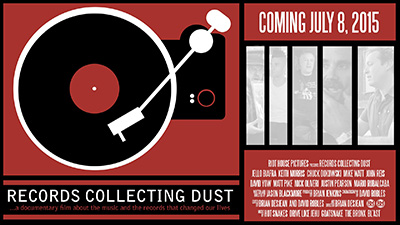
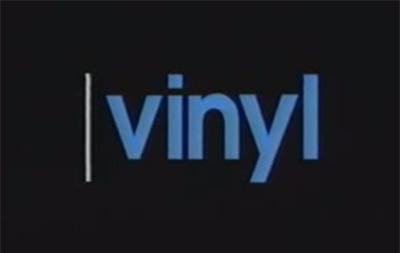
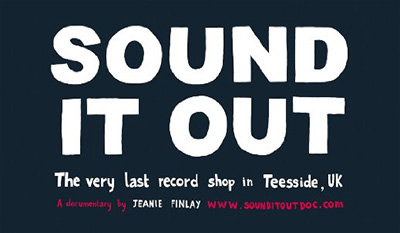
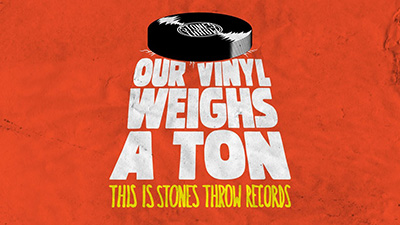
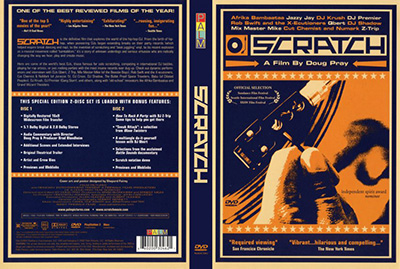
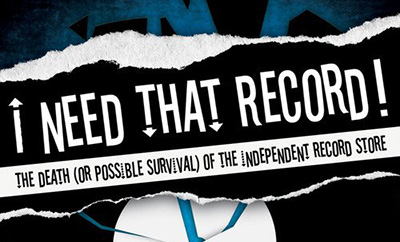

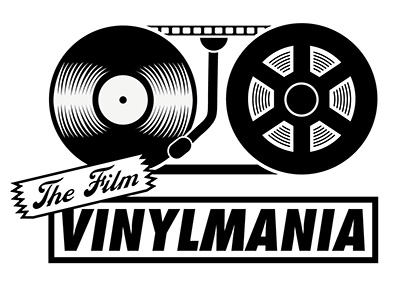
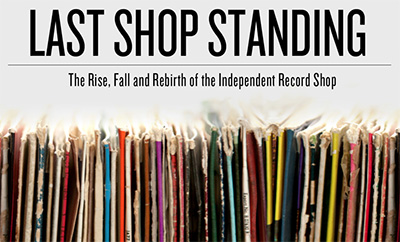
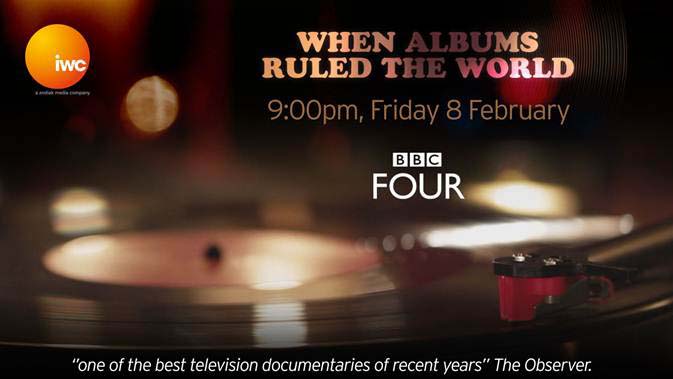
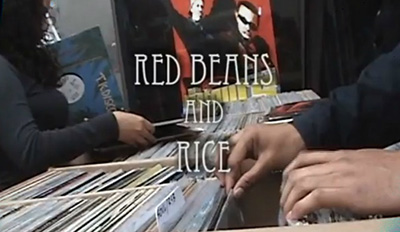
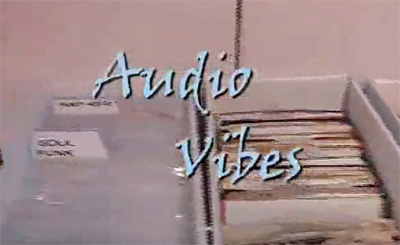
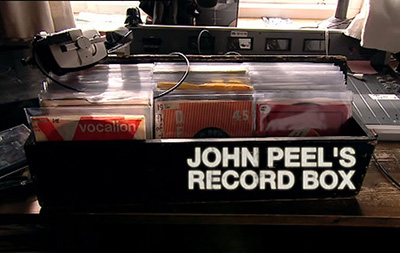
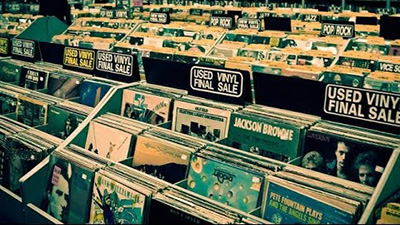
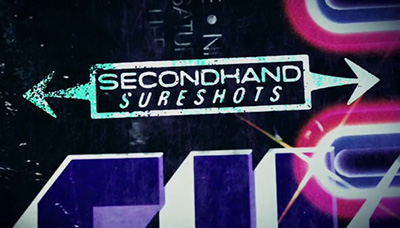
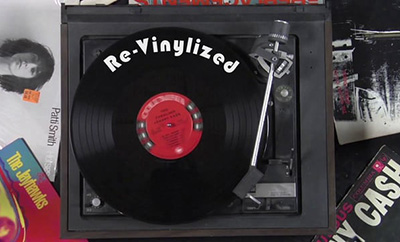
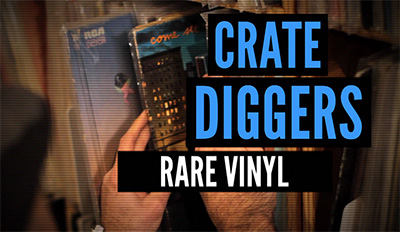
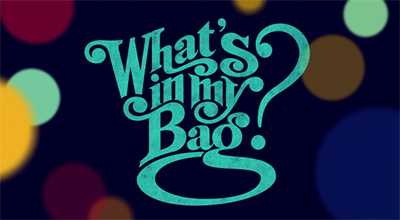
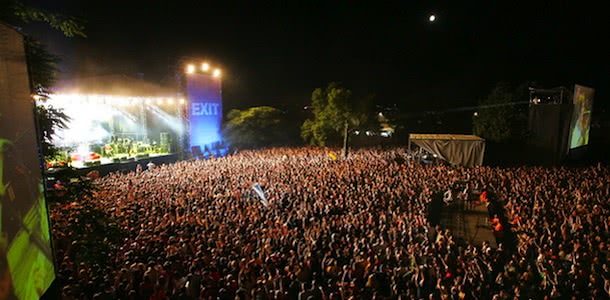 Having
just won the ‘Best Major European Festival’ award at the 2014 EU
Festival Awards, Serbia’s biggest music event is continually recognised
as one of the greatest music festivals in the continent. Despite it
being held outside of Belgrade in Novi Sad the event is too integral to
the country’s music scene not to be included here. Its foundations are
important to note as well. Founded in 2000 as a student movement
fighting for democracy, it still to this day is an important promoter of
social equality. Held over four days Exit books big name acts such as
Arcade Fire, Portishead, Guns N’ Roses, Bloc Party, Faith No More, Lily
Allen, The Prodigy, Arctic Monkeys, Sex Pistols and Pulp to name just a
few.
Having
just won the ‘Best Major European Festival’ award at the 2014 EU
Festival Awards, Serbia’s biggest music event is continually recognised
as one of the greatest music festivals in the continent. Despite it
being held outside of Belgrade in Novi Sad the event is too integral to
the country’s music scene not to be included here. Its foundations are
important to note as well. Founded in 2000 as a student movement
fighting for democracy, it still to this day is an important promoter of
social equality. Held over four days Exit books big name acts such as
Arcade Fire, Portishead, Guns N’ Roses, Bloc Party, Faith No More, Lily
Allen, The Prodigy, Arctic Monkeys, Sex Pistols and Pulp to name just a
few.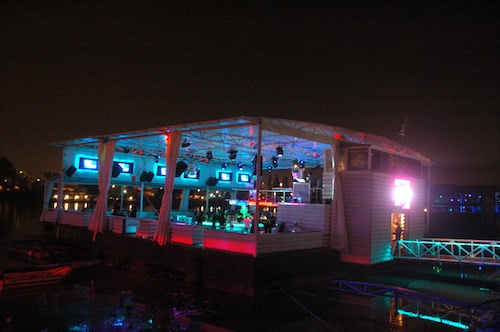
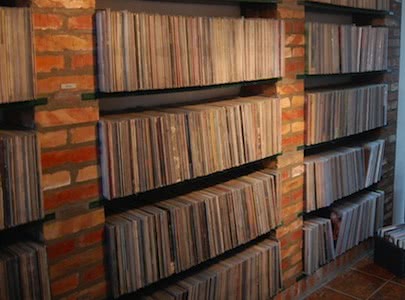 Toplička 35 Zvezdara
Toplička 35 Zvezdara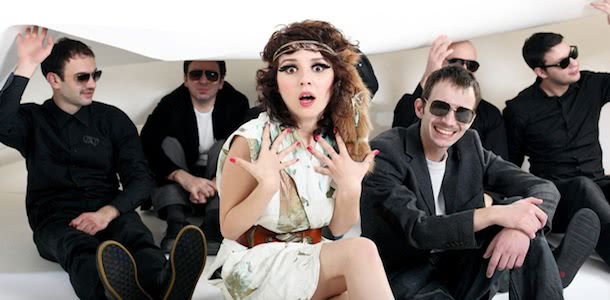
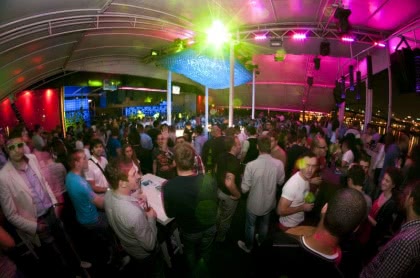 Toplička 35 Zvezdara Sava River dock
Toplička 35 Zvezdara Sava River dock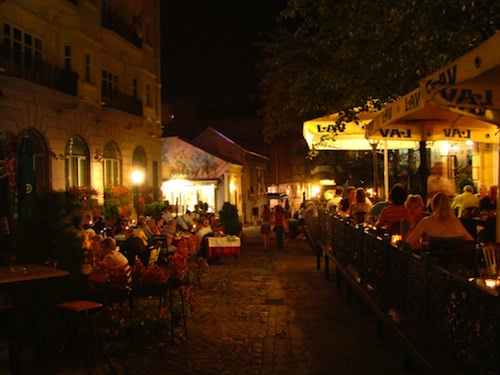
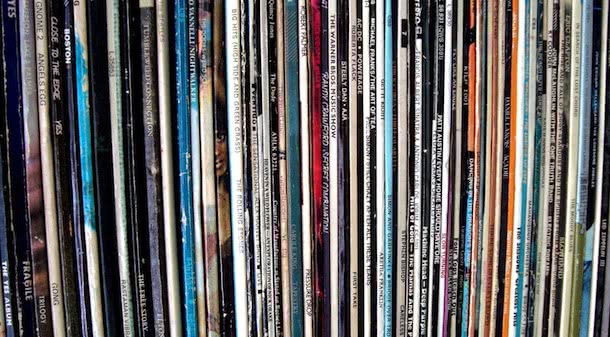 Toplička 35 Zvezdara
Toplička 35 Zvezdara


